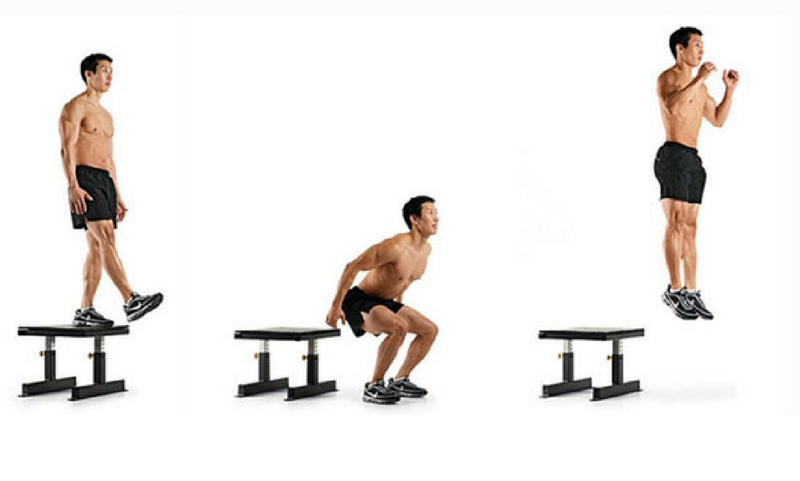Soccer is loaded with decels, landings, and turns and these actions are exactly where ACL injuries happen.
Rehab for ACL injuries should include testing that challenges these qualities to ensure readiness for return to play.
While research suggest that the bilateral CMJ may be too easy of a test to pass for ACLR, the drop jump may be more sensitive to deficits hidden by lower demand task.
The authors of this study investigated differences in drop jump performance between ACLR and healthy soccer players.
Does a drop jump flag performance deficits and asymmetries in athletes ~9 months post-ACLR compared with healthy teammates?

What Did the Researchers Do?
Study Design
- 44 semi-pro male soccer players; 16 post-ACLR, 28 healthy controls; all active squad members.
- Testing occurred about 9 months after surgery for the ACLR group.
- Subjects performaced three bilateral drop jumps from 30 cm with hands on hips, no arm swing, coached to minimize contact time; force plates sampled at 1,000 Hz.
Key Variables
- Jump height, contact time, RSI (flight height ÷ contact time), eccentric and concentric phase durations, peak impact force, peak drive-off force
- Inter-limb asymmetries for impact and drive-off.
What Were the Results?
- Jump height: ACLR athletes jumped ~39% lower than healthy peers (Means reported ~25.5 vs 38.0 cm).
- Eccentric duration: ACLR athletes spent ~21% less time in the eccentric phase, suggesting stiffer landings or reduced braking ability.
- Peak drive-off asymmetry: ACLR group showed ~51% greater inter-limb asymmetry at take-off compared with controls.
- RSI & contact time: RSI similar between groups; contact time trended slightly shorter in ACLR but not significant.

What Does This Mean?
Drop Jump is Sensitive
- At ~9 months post-op, drop jumps showed differences that often hide in CMJ testing at similar time points.
- Use it to complement CMJ in return-to-play screening.
Shorter Eccentric Duration
- The athlete may be landing “stiff,” shifting load away from the surgical limb or avoiding deeper knee flexion.
- Coaches can target decel capacity and controlled depth on landings.
Push-Off Asymmetry
- Drive-off asymmetry during propulsion hints at compensatory offloading of the ACLR limb.
- This can persist despite rehab, so keep tracking it longitudinally.
Limitations
- Semi-pro male soccer only; results may differ in women or other sports.
- Bilateral task and 30-cm box only; Different heights or unilateral drop jumps might reveal other patterns.
Coach’s Takeaway
- Make drop jumps standard in your ACLR battery at 7–12 months ⮕ use jump height, eccentric duration, and drive-off asymmetry to guide progressions.
- Chase symmetry under speed ⮕ Pair fast stretch-shorten tasks with targeted unilateral strength and controlled landing drills.
- Monitor metrics to track progress each ⮕ A falling eccentric duration plus rising asymmetry is your cue to pivot training.
The authors concluded, "the results of the present study revealed that ACLinjured athletes tend to display significantly lower jump heights (39.4%), shorter eccentric duration (21.1%), and greater peak driveoff force asymmetry (50.6%) when compared to their healthy noninjured counterparts."
I hope this helps,
Ramsey
Reference: Cabarkapa D, Cabarkapa DV, Song Y, Fry AC, Gisladottir T, Petrovic M. (2025). Drop jump performance differences between ACL-injured and healthy semi-professional male soccer players. Frontiers in Sports and Active Living, 7:1618284.




